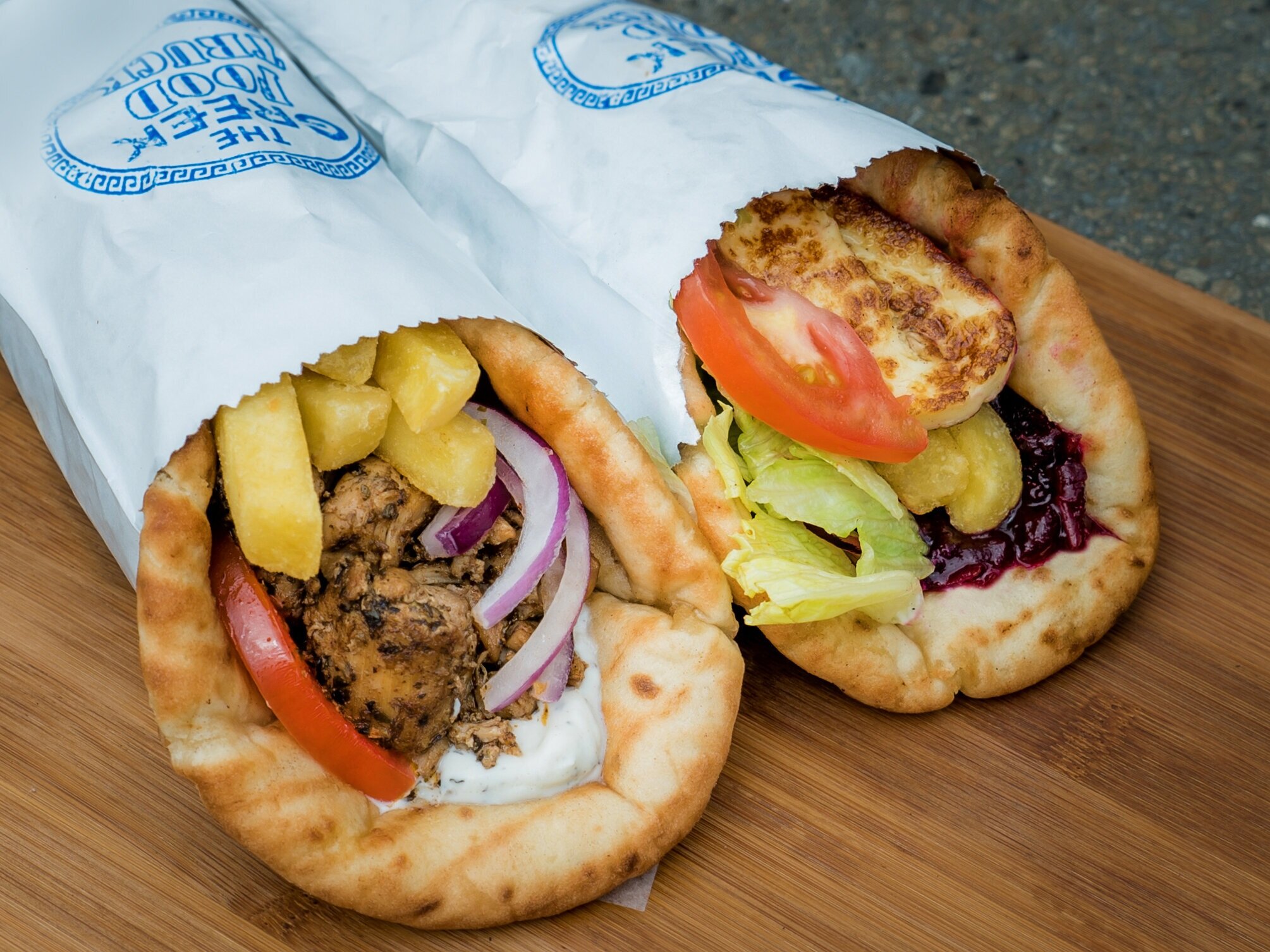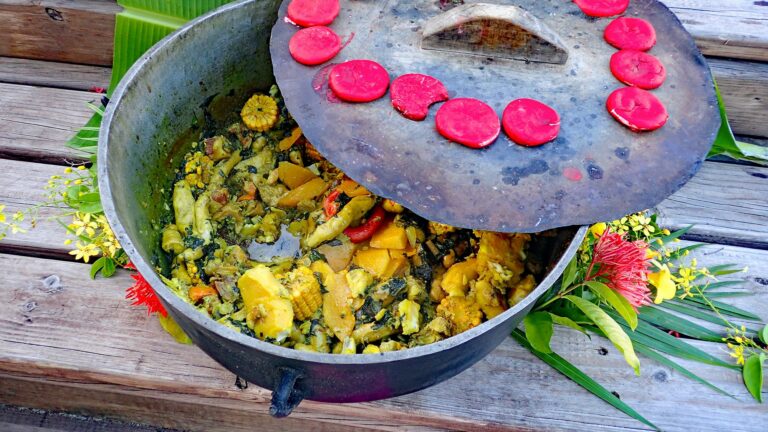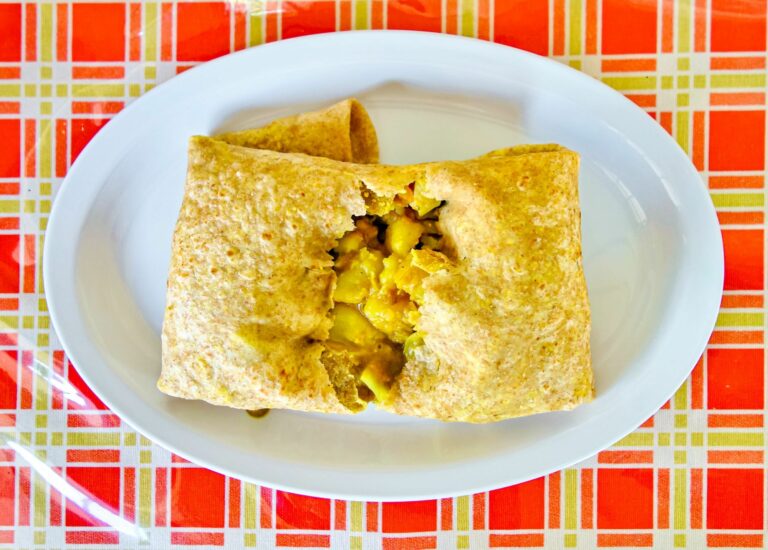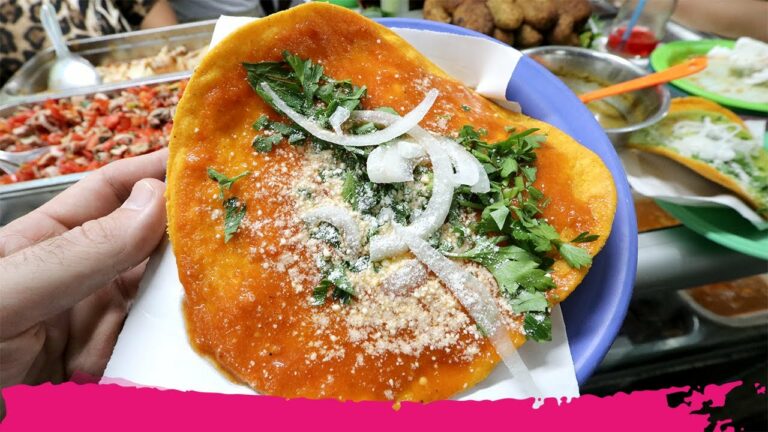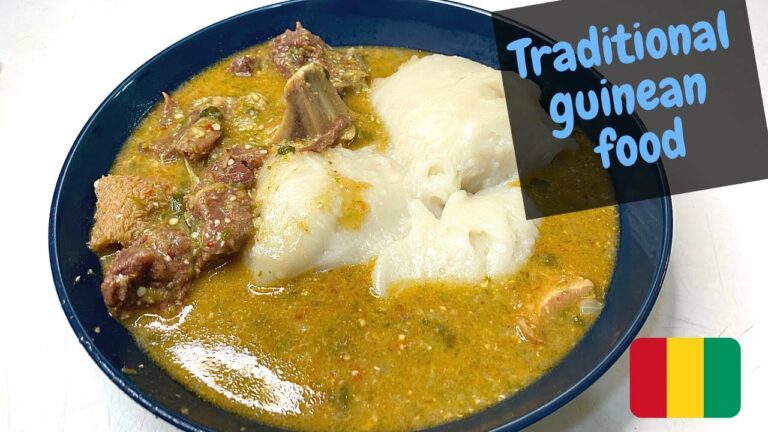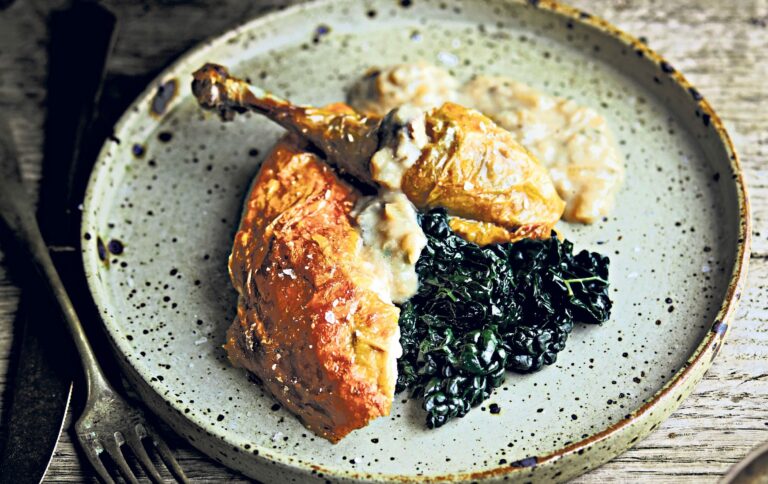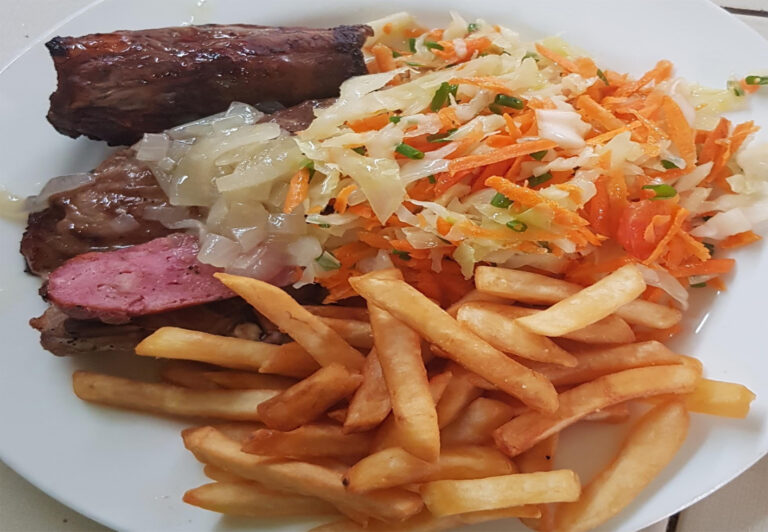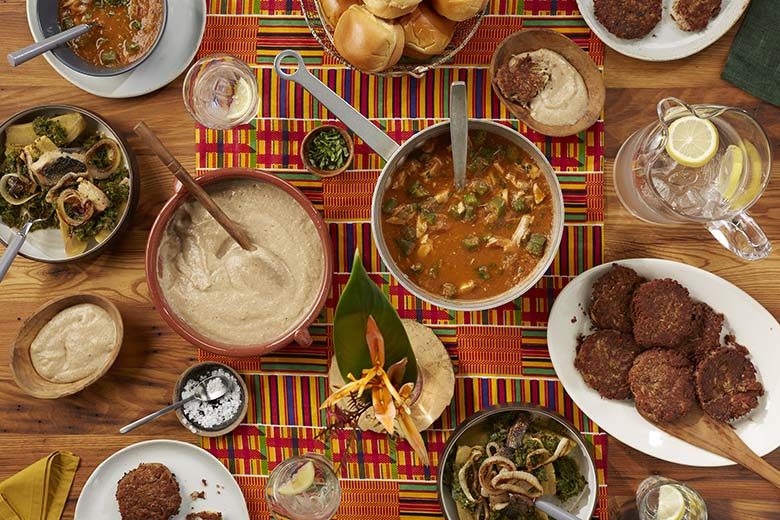Introduction: Greek Cheese Industry Overview
The Greek cheese industry is one of the oldest and most respected in the world, with a rich history dating back thousands of years. Greek cheeses are renowned for their unique flavors and textures, which are a result of the country’s diverse topography and the use of traditional production techniques.
The production of Greek cheese is still largely based on small, family-run farms and artisanal methods, which ensure that each cheese is carefully crafted and unique. While the industry has faced challenges in recent years, including the economic crisis and increasing competition from other countries, Greek cheese remains a beloved and important part of the country’s culinary heritage.
Feta: The Most Popular Greek Cheese
Feta is undoubtedly the most well-known and widely consumed Greek cheese, both in Greece and around the world. Made from sheep’s milk (or a combination of sheep and goat’s milk), feta has a crumbly texture and a tangy, salty flavor that pairs well with a variety of dishes.
Feta is often used in Greek salads, on pizzas, and in traditional dishes like spanakopita and moussaka. The cheese is also protected under EU law, which means that only cheeses made in Greece with specific ingredients and production methods can be legally labelled as “feta”.
Kefalotyri: The Hard Cheese with a Bite
Kefalotyri is a hard, salty cheese that is commonly used in Greek cuisine as a grating cheese. Made from sheep or goat’s milk, kefalotyri has a sharp, tangy flavor and a crumbly texture.
The cheese is often used in dishes like saganaki (a fried cheese appetizer), as well as on top of pastitsio (a Greek pasta dish) and moussaka. Kefalotyri can also be enjoyed on its own or paired with fruit and nuts as a snack.
Metsovone: The Smoked Cheese from Northern Greece
Metsovone is a smoked cheese that hails from the mountainous region of Metsovo in Northern Greece. Made from cow’s milk, the cheese is smoked over beech wood, which gives it a distinct smoky flavor and aroma.
Metsovone has a semi-soft texture and can be enjoyed on its own or used in dishes like grilled cheese sandwiches, omelettes, and salads. The cheese is also a popular ingredient in traditional Greek pies like tiropita and spanakopita.
Graviera: The Aromatic and Nutty Cheese
Graviera is a hard, aged cheese that is made from a combination of sheep and goat’s milk. The cheese has a nutty, aromatic flavor and a firm, slightly crumbly texture.
Graviera is often used in dishes like saganaki, as well as in Greek casseroles and roasted vegetable dishes. The cheese can also be enjoyed on its own or paired with wine and fruit as a snack.
Katiki Domokou: The Creamy and Tangy Cheese
Katiki Domokou is a soft, creamy cheese that is made from a combination of goat and sheep’s milk. The cheese has a tangy, slightly sour flavor and a smooth, creamy texture.
Katiki Domokou is often used in dips and spreads, as well as in salads and on top of grilled vegetables. The cheese can also be enjoyed on its own or paired with honey and nuts as a dessert.

